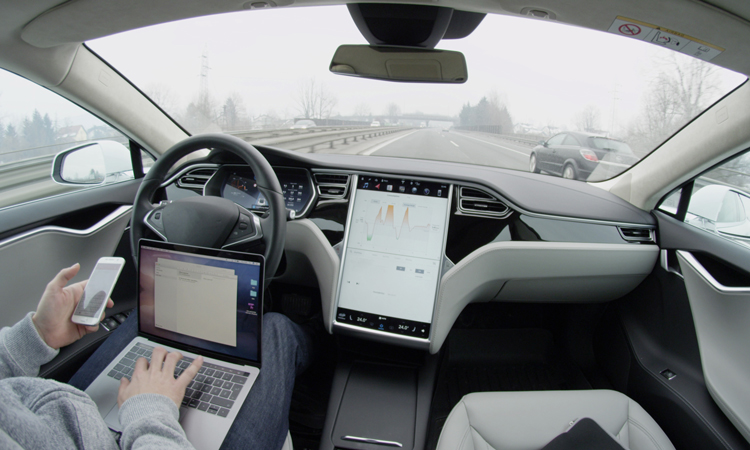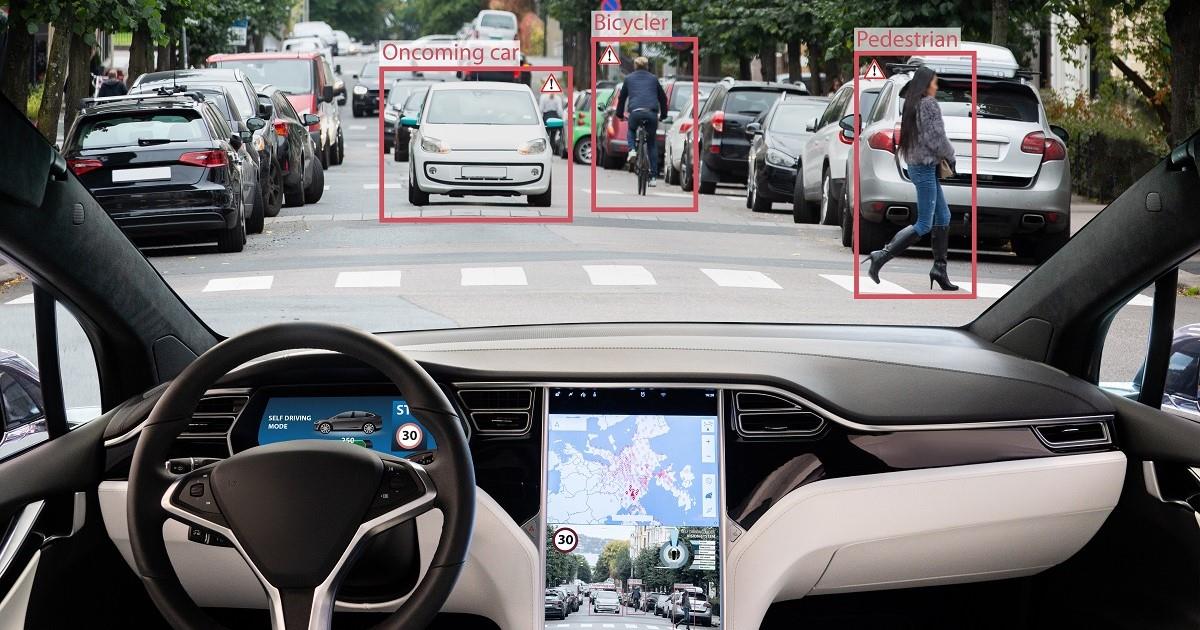Autonomous driving technology vs Bangladeshi Road Condition
Autonomous driving technology is still relatively new, and its implementation in different parts of the world depends on various factors such as infrastructure, regulations, and public acceptance. In the case of Bangladesh, there may be several challenges to implementing autonomous driving technology on the roads.
One of the significant challenges is the quality of road infrastructure. Many roads in Bangladesh may not be up to the standards required for autonomous driving vehicles, such as well-marked lanes, clear road signs, and consistent road surfaces. This could make it difficult for autonomous vehicles to navigate safely and accurately.
Another challenge is the unpredictable behavior of other road users, such as pedestrians, cyclists, and other drivers. The traffic in Bangladesh can be chaotic, and there may be situations where an autonomous vehicle may need to make quick decisions to avoid accidents. Ensuring that autonomous vehicles can handle such situations safely would require extensive testing and development.
Regulations and laws are also crucial for the implementation of autonomous driving technology. Bangladesh may need to update its laws and regulations to accommodate self-driving vehicles, including liability and insurance issues.
Overall, while it is theoretically possible to drive autonomous cars in Bangladesh, several challenges must be addressed before it can become a reality. Autonomous driving technology is still evolving, and it will take time before it becomes widely available in all parts of the world, including Bangladesh.









Leave a Comment